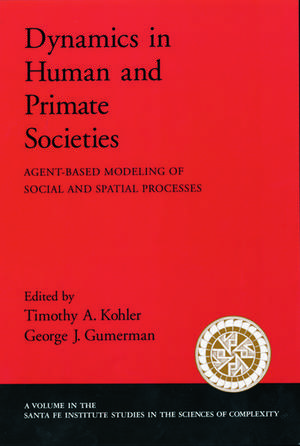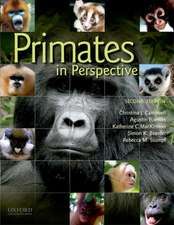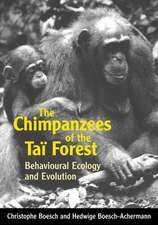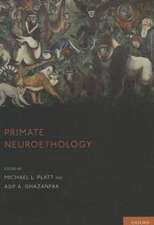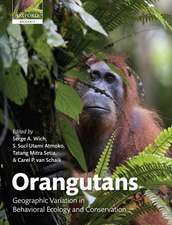Dynamics of Human and Primate Societies: Agent-Based Modeling of Social and Spatial Processes: Santa Fe Institute Studies on the Sciences of Complexity
Editat de Timothy A. Kohler, George J. Gummermanen Limba Engleză Paperback – 9 mar 2000
Preț: 587.40 lei
Preț vechi: 841.98 lei
-30% Nou
Puncte Express: 881
Preț estimativ în valută:
112.50€ • 115.91$ • 94.24£
112.50€ • 115.91$ • 94.24£
Carte tipărită la comandă
Livrare economică 12-18 februarie
Preluare comenzi: 021 569.72.76
Specificații
ISBN-13: 9780195131680
ISBN-10: 0195131681
Pagini: 416
Ilustrații: line figures, tables
Dimensiuni: 231 x 152 x 20 mm
Greutate: 0.56 kg
Editura: Oxford University Press
Colecția OUP USA
Seria Santa Fe Institute Studies on the Sciences of Complexity
Locul publicării:New York, United States
ISBN-10: 0195131681
Pagini: 416
Ilustrații: line figures, tables
Dimensiuni: 231 x 152 x 20 mm
Greutate: 0.56 kg
Editura: Oxford University Press
Colecția OUP USA
Seria Santa Fe Institute Studies on the Sciences of Complexity
Locul publicării:New York, United States
Recenzii
the papers in this book make a strong case for the productiveness of agent-based modelling approaches within a broad complex adaptive systems framework.
This collection represents a significant contribution to the agent stimulation research program ... this book contains a wide range of substantive and insight-provoking articles. It should be on the shelf of any scholar interested in the emergence of social stimulation as a distinct approach to the study of human society. In addition to a number of relevant conceptual contributions, it provides an in-depth view of how agent simulation methods can be adapted to the study of empirically rich cases.
This collection represents a significant contribution to the agent stimulation research program ... this book contains a wide range of substantive and insight-provoking articles. It should be on the shelf of any scholar interested in the emergence of social stimulation as a distinct approach to the study of human society. In addition to a number of relevant conceptual contributions, it provides an in-depth view of how agent simulation methods can be adapted to the study of empirically rich cases.
